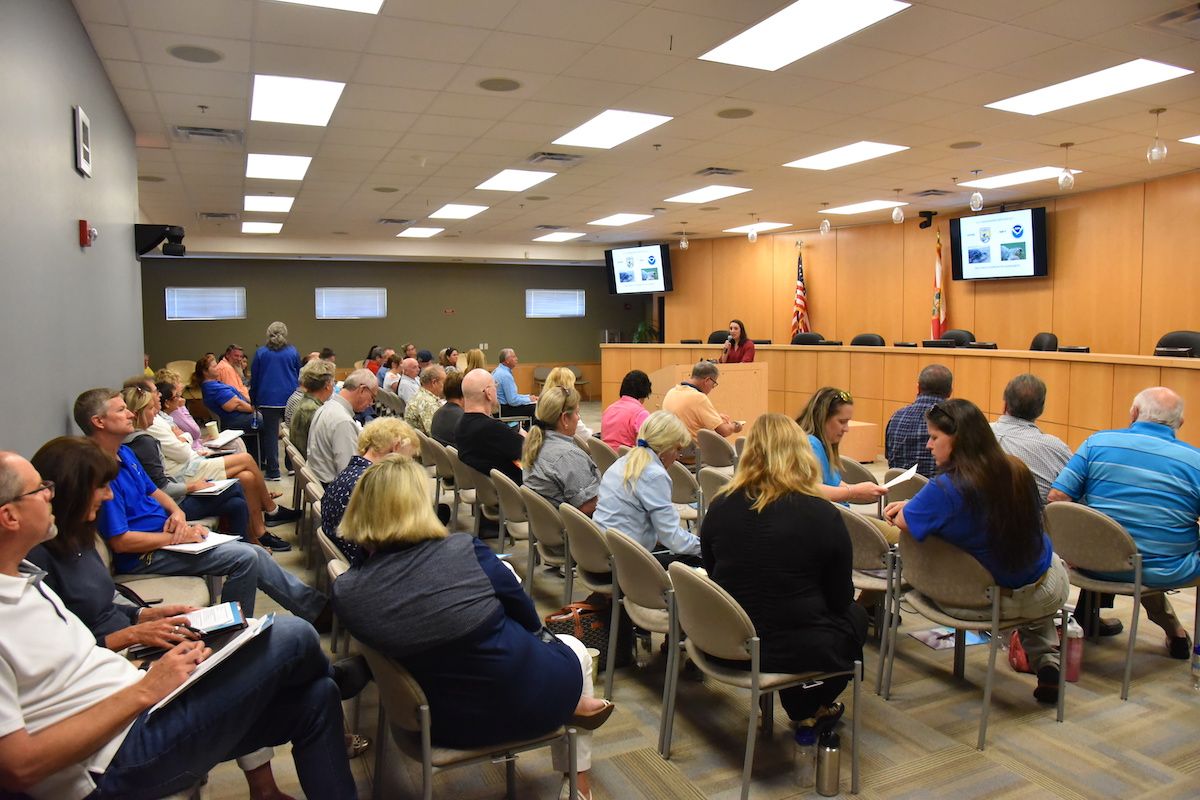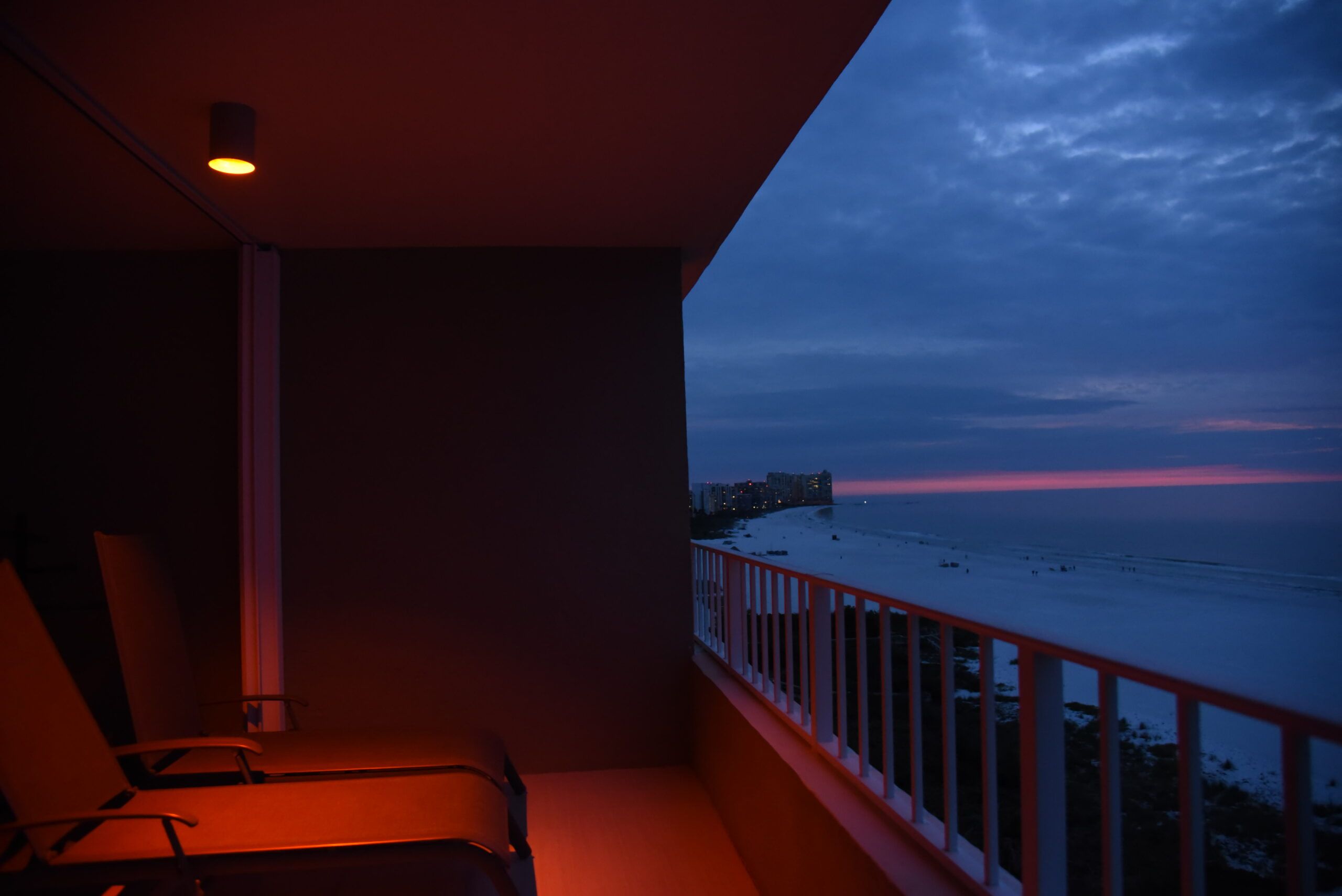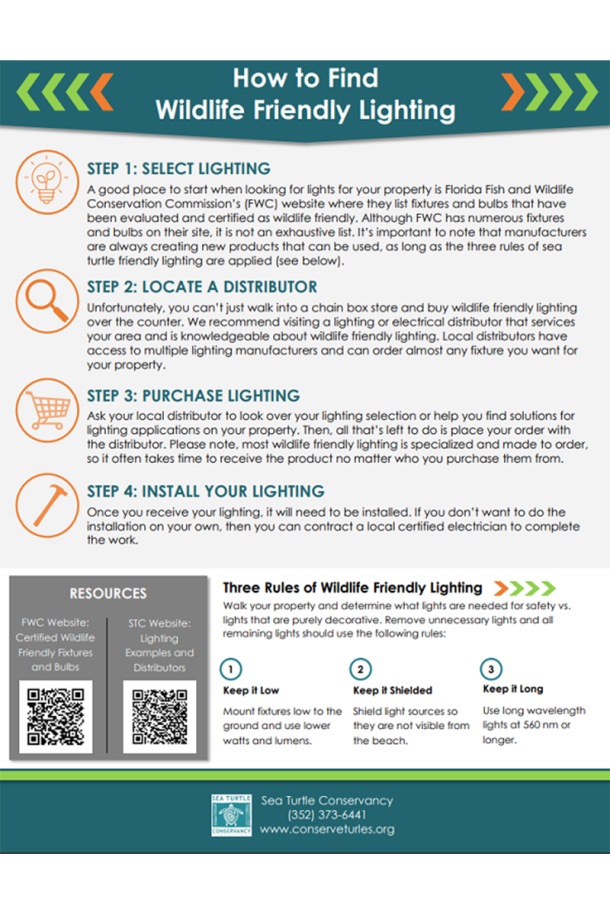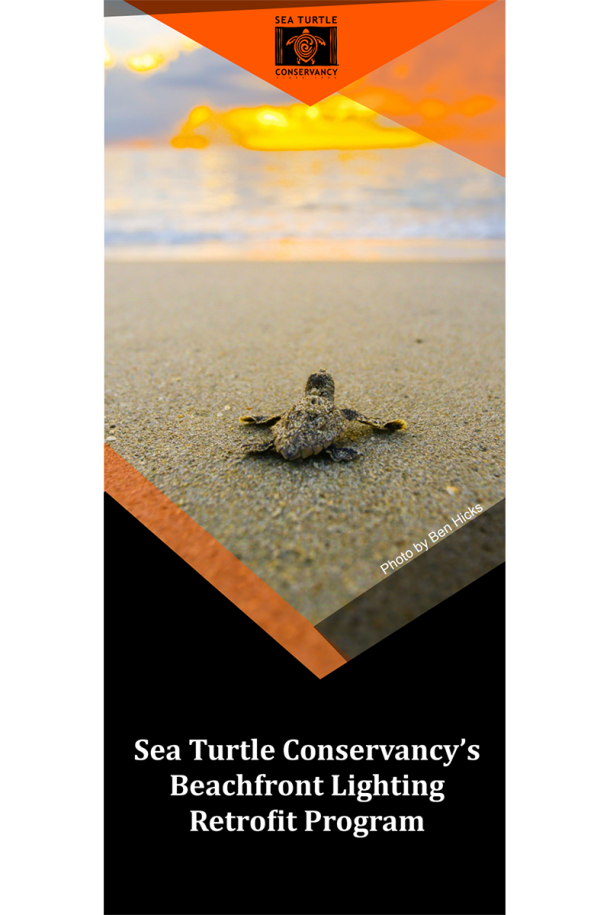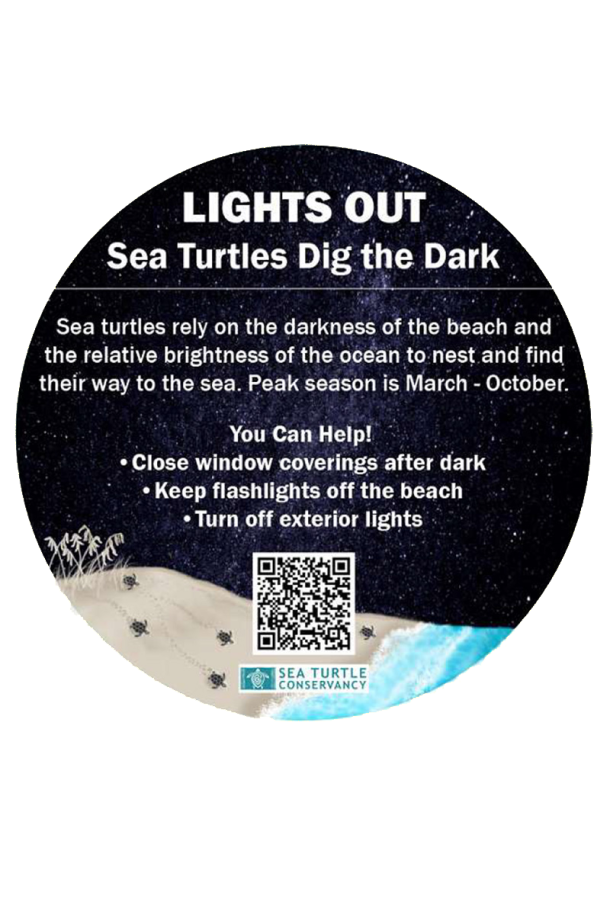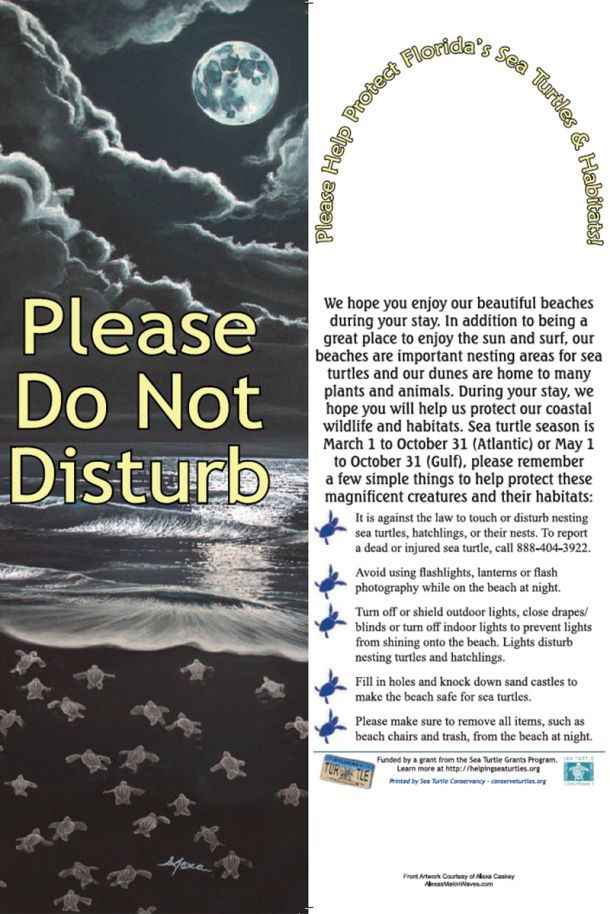Beachfront Lighting
Over 100,000 sea turtle hatchlings are disoriented each year in Florida
Sea turtles have crawled onto beaches to nest for millions of years. It was once easy for hatchlings to find the ocean after emerging from nests at night by using the darker dune, which created a silhouette to block light from the stars and moon, compared to the brighter ocean, which reflected the light. Now, Florida’s coasts are lined with beachfront properties that can emit powerful, white light, which can misorient sea turtles causing them to crawl toward those lights or disorient them causing them to crawl in circles on the beach. Conservationists document over 100,000 adult and hatchling sea turtles disorient each year in Florida. Sea Turtle Conservancy (STC) is working to mitigate problematic beachfront lighting and reduce sea turtle disorientations through lighting retrofits, training workshops, and other educational initiatives.
Our Program’s Impact
Improvements Made Since 2010
Working to mitigate problematic beachfront lighting and sea turtle disorientations throughout Florida.
What The Beachfront Lighting Program Does
Our retrofit program has made enormous progress in improving the conditions for sea turtles across the beaches of Florida, but we still have a lot of work to do. Through partnering with building owners, local and state governments, and by offering ongoing education and training we aim to increase awareness about the impact of artificial lights how it affects sea turtles.
Get Involved
What You Can Do To Help
Modify
Remove lights that are not needed for safety on your property. Remaining lights should use low mounting heights, shields, and long wavelength. Prevent interior lights from escaping by applying window tint with a visual light transmittance (VLT) of 30% or less, close opaque window coverings, move table lamps away from windows, and turn off lights when you leave a room.
Reduce
Our lighting decisions matter no matter where we live! If you don’t live directly on the beach but consider yourself coastal or if you live inland far away from the ocean you can still reduce light pollution. Use dark sky fixtures to reduce inland sky glow to better protect sea turtles, other wildlife, human health, and the night sky.
Research
Are you a new property owner or visiting a new place on vacation? Learn about the ecosystem you are visiting and its local wildlife! Research businesses that are sustainable and use wildlife friendly lighting.
Advocate
Encourage your community to update or implement a lighting ordinance for sea turtle protection by contacting your local representatives. If your town decides to update its streetlights, speak up and ask them to use wildlife friendly fixtures.
Comply
Understand your coastal lighting requirements. Be aware of and adhere to your local lighting ordinance for sea turtle protection.
Support
Support local conservation groups through donations, volunteering, and attending events. Shop, dine, or stay at businesses that use wildlife friendly lighting.
